Review: DT Swiss F535 One Fork
DT Swiss has a reputation for highly engineered wheel components, but they’ve done XC-focused suspension for a long time as well. Their new F535 One fork was a ground-up design, and signals their desire to jostle their way into the crowded trail/enduro suspension market.
DT approached this new fork with that same level of engineering, and a few clever features, in order to set it apart from both a visual and performance standpoint. Can their curve ball blows unsettle the established big hitters? There’s only one way to find out.
DT approached this new fork with that same level of engineering, and a few clever features, in order to set it apart from both a visual and performance standpoint. Can their curve ball blows unsettle the established big hitters? There’s only one way to find out.
F535 One Fork Details
Tested: 160mm 29er
Travel: 130mm, 140mm, 150mm, 160mm
Wheel size: 27.5 and 27.5+/29
Offsets: 44mm (27.5) and 51mm (27.5+/29)
Axle to Crown: 571mm (160mm 29)
Hub/Axle Standard: 110mm x 15mm (Boost)
Weight: 2254g / 4.97 lb (Measured with mudguard, hose clamp, axle)
Price: 1149 EUR or 1151 USD (w/o remote, +50 EUR or +68 USD for remote version)
More info: DT Swiss
Tested: 160mm 29er
Travel: 130mm, 140mm, 150mm, 160mm
Wheel size: 27.5 and 27.5+/29
Offsets: 44mm (27.5) and 51mm (27.5+/29)
Axle to Crown: 571mm (160mm 29)
Hub/Axle Standard: 110mm x 15mm (Boost)
Weight: 2254g / 4.97 lb (Measured with mudguard, hose clamp, axle)
Price: 1149 EUR or 1151 USD (w/o remote, +50 EUR or +68 USD for remote version)
More info: DT Swiss
The damper has three familiar modes: Open, Drive & Locked. Low-speed compression is adjusted in the center.
Details & Features
Back in July of last year, Matt Wragg took a first look and first ride of the new DT Swiss F535 fork and compiled a vastly in depth look at the features and claims that were put forward. But it’s time to put more hours in the saddle and see how the fork handles a variety of terrain and how it stacks up against the well-established, more conventional, competition.
Out of the box the 535 is instantly recognizable as a high-level DT product. Finish quality, how all the parts fit together and the attention to detail are all top notch. From a distance, most forks are only distinguishable by their colours, and the differences in shape aren’t visible. But up-close, DT have put quite some effort in to set themselves apart visually. Crown and lower shapes and additional covers all account for this distinctive look. Form is subjective, but I’m a fan of the way this fork looks.
The covers on the crown are made from metal and finished to the same quality as the rest of the fork, with a seal around them to ward off the elements. The damper side also has a sealed cap, but with the hole for the lockout and the adjuster lever there’s a couple of entry points for muck. Both covers have captive bolts so there's no danger of losing one when you take them off.
The detachable RWS axle with hidden T10 Torx tool.
Included in the box are extra tokens, a star nut and top cap assembly, mudguard, axle with internal tool, extra cable clamps and a set of new wiper seals, foam rings and piston rod seals for the first lower leg service, along with an installation and setup manual.
DT's RWS axle is used to tighten the axle and houses a screw in T10 Torx tool for use on all the adjusters and caps. You can ride with the axle lever in place, which so far has stayed where it was intended, or pop it off for fewer things hanging off your bike. Without the lever you can still use a 6mm Allen key to tighten the axle. DT's own bolt on mudguard is lovely, providing ample protection from muck flying up and into your face. And additionally, it does a damn good job of covering the seals from debris and crap. It’s pretty robust too and shrugged off any altercations with casually stacking bikes in lifts and vans.
DT claim to have created a fork that allows you to forget everything around you and have unprecedented control. A bold claim, and they have taken some very different directions for the function of the fork.
The air spring system is a traditional two chamber affair, one positive and one negative that self-equalize via a small port in the stanchion. In addition, there's a small coil spring that is said to act over the first 30mm of travel, the theory being that a coil setup requires less force to begin moving and so will absorb the smallest of bumps before the energy input is high enough to overcome the stick of the air piston.
Housed inside the other leg is a different approach to damping. As global bike development progresses, genuine innovations become less frequent, and so technologies and concepts of old are re-imagined. In this case it’s position-sensitive damping, dubbed Plushport. This isn’t the first time we’ve seen this in an MTB fork, but DT took the concept and engineered it into the F535.
Plushport only acts on the low-speed compression damping; over the first third of fork travel this port is open and directs all oil flow through it, bypassing the low-speed compression shim stack and drastically reducing the amount of low-speed damping. This allows the fork to compress more easily early on in the travel. The next third of travel sees the port close gradually, incrementally directing more oil through the shim stack and providing ever increasing low-speed damping. The final third of travel sees the port shut completely, which means oil is fed directly through the low-speed shim stack, adding the most amount of low-speed damping. The small low-speed adjuster at the top of the fork sits before the Plushport in the oil flow and with its 11 clicks adjusts the low-speed compression over the whole travel range.
High-speed compression damping is handled by the shim stack and doesn’t adhere to the position sensitive rules of the low-speed damping. Rebound damping is a more traditional setup, with a metering needle adjusting the low-speed and a shim stack handling the high-speed damping.
The air spring system is a traditional two chamber affair, one positive and one negative that self-equalize via a small port in the stanchion. In addition, there's a small coil spring that is said to act over the first 30mm of travel, the theory being that a coil setup requires less force to begin moving and so will absorb the smallest of bumps before the energy input is high enough to overcome the stick of the air piston.
Housed inside the other leg is a different approach to damping. As global bike development progresses, genuine innovations become less frequent, and so technologies and concepts of old are re-imagined. In this case it’s position-sensitive damping, dubbed Plushport. This isn’t the first time we’ve seen this in an MTB fork, but DT took the concept and engineered it into the F535.
Plushport only acts on the low-speed compression damping; over the first third of fork travel this port is open and directs all oil flow through it, bypassing the low-speed compression shim stack and drastically reducing the amount of low-speed damping. This allows the fork to compress more easily early on in the travel. The next third of travel sees the port close gradually, incrementally directing more oil through the shim stack and providing ever increasing low-speed damping. The final third of travel sees the port shut completely, which means oil is fed directly through the low-speed shim stack, adding the most amount of low-speed damping. The small low-speed adjuster at the top of the fork sits before the Plushport in the oil flow and with its 11 clicks adjusts the low-speed compression over the whole travel range.
High-speed compression damping is handled by the shim stack and doesn’t adhere to the position sensitive rules of the low-speed damping. Rebound damping is a more traditional setup, with a metering needle adjusting the low-speed and a shim stack handling the high-speed damping.
The three phases of DT's Plushport position sensitive damping.
Because of the position sensitive design of the damper, travel changes aren’t so straightforward. In addition to the purchase of a new air spring system you’d also need to purchase a new damper corresponding to your desired fork travel.
DT's Blog contains some interesting insights and a behind the scenes look into the development of their fork.
Fender and cable clamp both bolt on and funtion brilliantly, although installation is a little fiddly.
Installation & Setup
The first step is to bolt on the mudguard and hose clamp. The bolts required to accomplish this are a little tucked away, and require patience and a long 2.5mm Allen key. However, in most cases this will be a one-time fitment resulting in only a short period of fiddly-ness.
There are no cut marks on the steerer like some other brands, but the rest of installation is a breeze and no different to all other forks. Simply add your headset crown race, slap it in the bike, attach the wheel, stem and brake and get on with the setup.
Tucked away under the air cover is a valve cap that you’d likely see on shocks. DT prints the number of tokens on the top of the cap, and supplies you with additional caps to let you know how many tokens are installed without taking the fork apart. I’m an engineering geek at heart with a bad memory, so this one was a nice detail.
Air spring setup is straightforward. Pump the positive chamber and cycle the fork to equalize the negative chamber. DT has a very helpful setup guide included in the box and also online using your weight, bike type and suspension performance preference as a guide it outputs the required air pressure, sag measurement and damper settings. It's really easy to follow with additional videos to show how it’s done in real life.
T10 Torx removes the covers and grants access to the air spring.
All damper adjustments can be done with the little T10 Torx hiding in the axle. Low-speed compression is at the top of the fork and rebound is accessed from the bottom. Clicks are very positively indented. Interestingly, DT is measuring its damper settings from fully open, unlike the established way of measuring from the hard stop of fully closed.
For my 79 kg riding weight I ended up with 80.2 psi, 18 clicks of rebound from fully open and the compression damping set to fully open.
DTs axle to crown measurement is a little longer than the other brands, 4mm longer compared to a 160 Fox 36. So, for fine tuners or people sensitive to bar height changes you might want to drop the bars to account for this. 4mm might not sound like much, but it’s enough to change the balance of the bike and push a little more weight onto the rear wheel.
Performance
DT's quest for small bump absorption nirvana results in something that the odd passing breeze starts to compress. This also translates to something perceivable when riding. Singular or a small collective of small impacts are easily absorbed, and the initial sharpness of the hit is not sent through to your hands.
Larger hits that push the O-ring to the end of travel are also dealt with nicely. 2 tokens provide a good amount of ramping support without it creating an invisible wall of progression to smack against. And the options to add or remove tokens from the standard two gives options for adjustment in both directions. It’s still possible to have a hard bottom out, but this only happened twice in testing and the audible clunk that accompanied this was confirmation. There’s a seamless feel between the small coil spring and air system.
The first ride of the fork was out in Sierre, Switzerland, down a beautifully natural trail that was initially crafted by motorbikes coming in the opposite direction through the forest. Natural in this case referring to the randomness in size and frequency of the hits.
Larger hits that push the O-ring to the end of travel are also dealt with nicely. 2 tokens provide a good amount of ramping support without it creating an invisible wall of progression to smack against. And the options to add or remove tokens from the standard two gives options for adjustment in both directions. It’s still possible to have a hard bottom out, but this only happened twice in testing and the audible clunk that accompanied this was confirmation. There’s a seamless feel between the small coil spring and air system.
The first ride of the fork was out in Sierre, Switzerland, down a beautifully natural trail that was initially crafted by motorbikes coming in the opposite direction through the forest. Natural in this case referring to the randomness in size and frequency of the hits.
Dan Roberts // Technical Contributor
Age: 32
Location: Champéry, Switzerland
Height: 188cm (6'2”)
Weight: 75kg (165 lbs)
Industry affiliations / sponsors: Garage Bike Project, former engineer at Scott Sports
Instagram: @le_crusher
Test Locations: Champéry, Bex, Sierre, Latsch, Thonon-les-Bains
Next on the test list location was Bex. A magical Swiss forest full of roots, perfect dirt and steep chutes. Forest workers of old would drag the felled trees down the mountain, and so came to be the infamous Chables; sections of trail so steep that first run down at the beginning of the season and it’s impossible to hide the whites of your eyes from your mates waiting at the bottom. The roots in Bex range from sneaky small to rim smashingly big. Often, they’re off camber and you hit them going Mach 10. In these sections it was where the DT fork started to have a case of the “Woah Nelly’s”, as so affectionately coined by a good friend.
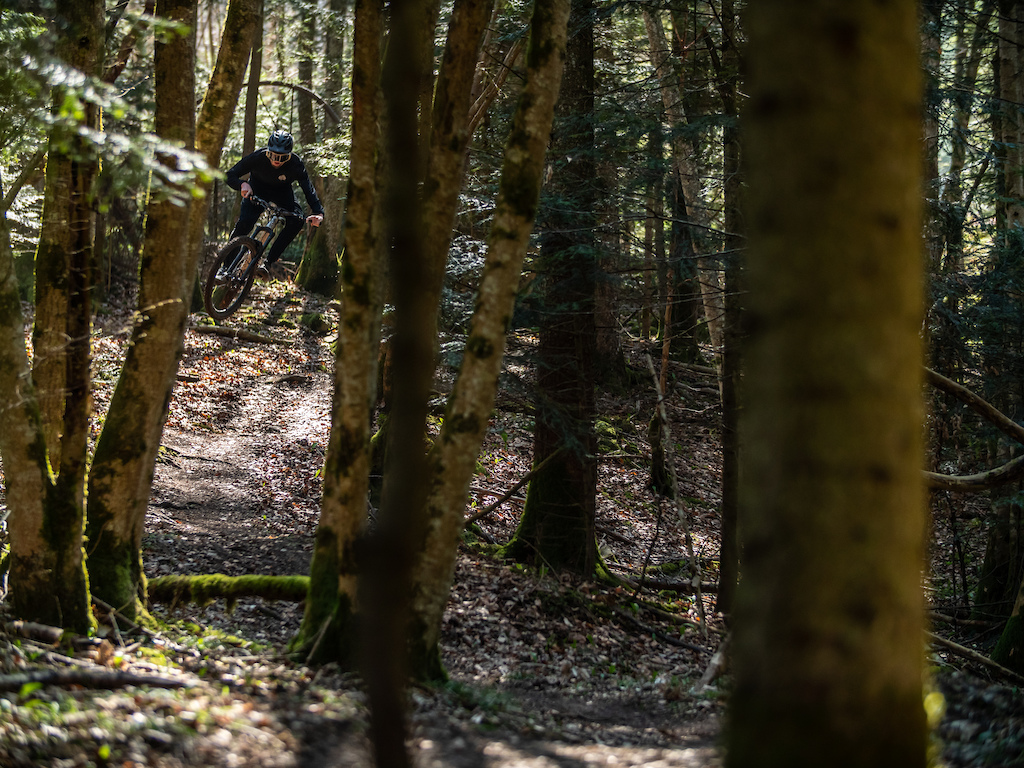
There's no bumps in the air, but it sure is fun up there. Testing was also carried out at ground level.
So far, the fork had been feeling grand, but in these high-speed, root filled sections the fork got out of sync with the hits, which resulted in excessive chassis oscillation. Basically, your hands were moving around by a larger amount than the size of the hits. Further speeding up the rebound a click helped somewhat, but this characteristic of resonance remained.
Grabbing the bull by the horns also helped, but it’s then a conscious action to ride the bike, as opposed to having complete chaos happening underneath you and just instinctively doing the piloting. Experimenting with more low-speed compression damping added a smidge of remedy to the oscillation, but of course added a smidge of sharpness back to the hits.
Lower air pressure, and so more sag, didn’t help either. The idea being that with the position sensitive nature of the low-speed damping, more sag would result in less time spent in the low damping first third of the travel and more in the portions of travel that have increased damping.
In the steeps of Bex the fork performed well, keeping the bars up and not diving drastically under braking, which was likely due to the good dose of psi, tokens and axle to crown height. These steeps don’t, however, contain the abundance of roots that the rest of Bex is known for.
Latsch, Northern Italy, brought a change of terrain in the form of dust and rocks. A style of trail that I'd call 'loose and sketchy on top of hard and smashy.' Again, smaller and less frequent hits were dealt with nicely. But it was the longer sections of more frequent hits that required a “hold onto your butts” inner monologue before charging through. There was good traction in the loose dust, and the fork provided confidence to brake early, let off and lean into the flat turns. Latsch has these in abundance and so it was nice to have this confidence to keep speed and keep up with flying Dutchman friends.
But as was the case with the high amplitude and frequency root hits of Bex, the higher energy scenarios when you demand control and composure of your suspension weren’t quite giving the control needed to really push and charge with the utmost confidence.
Servicing
DT recommends a Small Service (lower leg) after 50 hours of use and a Full Service, which is to be done at a DT Swiss Service Centre, after 200 hours. Those numbers are similar to what Fox and RockShox recommend for their forks.
One point that should equate to easier home servicing is the lack of need for a hammer. Both Fox and RockShox employ a press fit connection between the rods and lowers. DT added a threaded connection to the rods and lowers that allow the two to be disassembled in a matter of seconds using only an 8mm Allen. This made me wince a little at first, but with the increased diameter of the rods and robustness of the thread they’ve used it should provide reliable servicing for a long time to come. Wiper seals are flanged and easy to fit, even without a seal fitting tool.
DT does advise using its own branded oil for the lowers (made by Swiss oil manufacturer Panolin). It comes in at just under 20 Euros for 100ml.
How does it compare?
It’s surprising how fast you adapt to new components, and the memory of past performance from others starts to fade. So, doing back to back days on a trusty Fox 36 RC2 provided clear insight into gauging the performance of the F535 and seeing if it can live up to those bold performance claims.
Unfortunately, it only took a matter of minutes to say that it doesn’t.
The DT fork does indeed take a bit of sharpness off of the hits when compared to the Fox. But it’s really in the more consecutive bigger hits that the control and composure of the 36 shines through. There was much more oscillation with the F535, and it requires more usage of your arms as suspension elements. This didn’t make me forget everything around me, but in contrast added to the list of thought processes and needed conscious actions to manage.
Going back-to-back also showed the eagerness of the DT fork to get into using its travel. In this quest for suppleness with coil springs and free flowing oil the fork is less efficient in using its travel compared to the Fox, which stays higher in the stroke for dealing with the same energy input. This eagerness is almost an inertia of the fork movement that drags it deeper into its stroke before it deals with the energy. In comparison, the Fox deals with the energy earlier in the stroke, and while the initial hit may have a hairs-width more sharpness, it’s dissipated over a longer period.
We seem to have arrived at the age-old balance of initial suppleness versus control. While the DT sticks its nose hairs ahead on that initial portion of travel, it’s with the Fox that I would side with for its ability to have my back when the going gets rowdy and provide a small voice in my ear to push that little bit harder. But dependent on your riding you could be more than happy to side with DT for its suppleness, if that’s what you prioritize higher than composure.
Issues
Inside a conventional fork are a lot of moving parts, and with the DT fork that number increases. In low amplitude high frequency situations you can hear these parts oscillating around. This isn’t the noise of something loose, more akin to the tappets in a diesel engine constantly hitting back and forth while doing their job. While this isn’t a fork life threatening issue, it can be an annoying one. And for someone who employs armies of zip ties and Velcro to silence their bike it was another thing to distract from the instinctive actions of riding a bike.
DT Swiss's Response
Pros
+ Beautifully engineered.
+ Incredibly supple initial stroke.
+ Distinctive form.
Cons
- Lacks composure in high amplitude & frequency situations.
- Requires a tool for adjustments.
- Adjusting fork travel is complex and expensive.
Pinkbike's Take
Author Info:
Must Read This Week
[UPDATED] Final Elite XC Results & Overall Standings from the Mairiporã XC World Cup 2024
42169 views
42169 views
Sign Up for the Pinkbike Newsletter - All the Biggest, Most Interesting Stories in your Inbox
PB Newsletter Signup

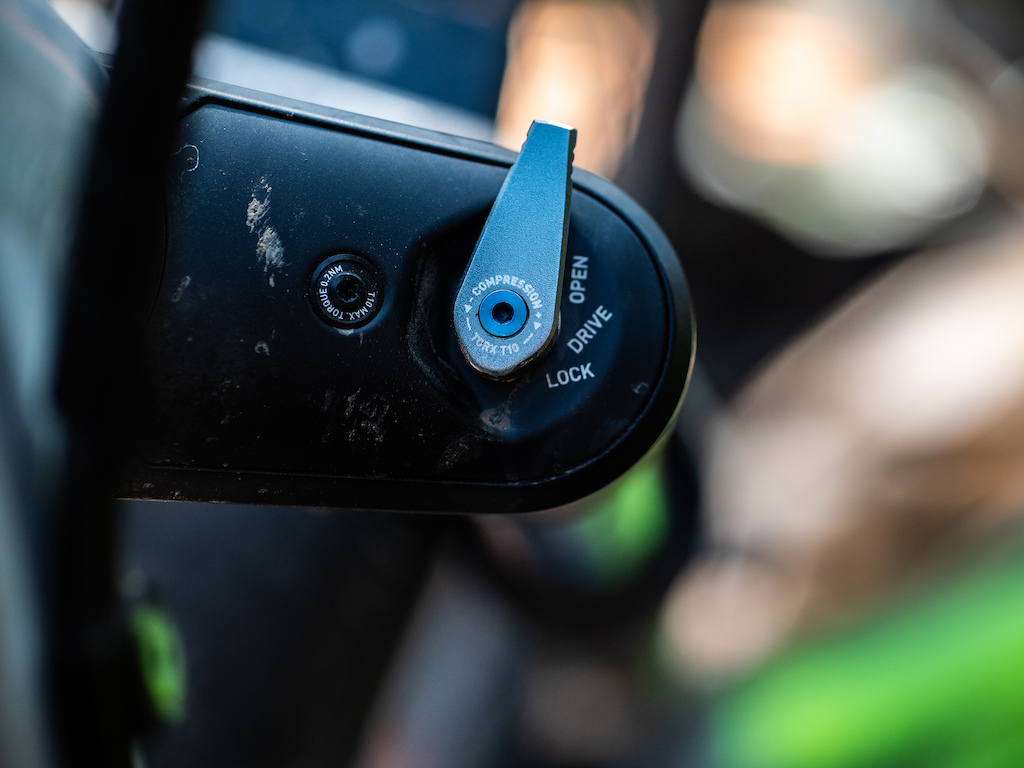
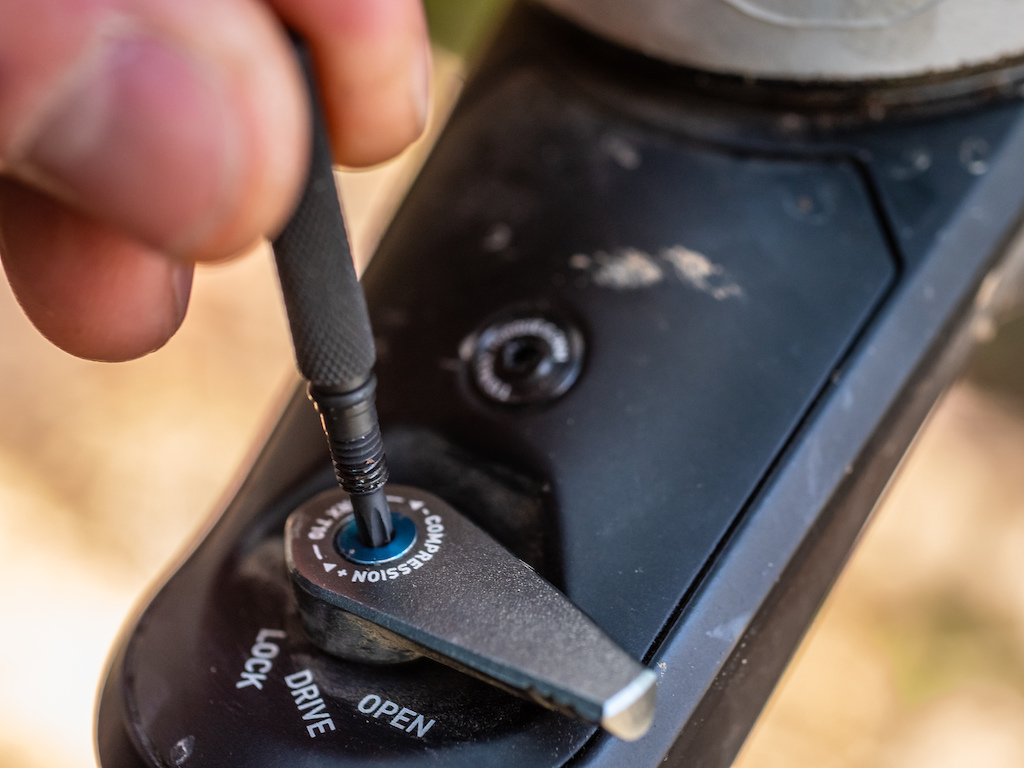
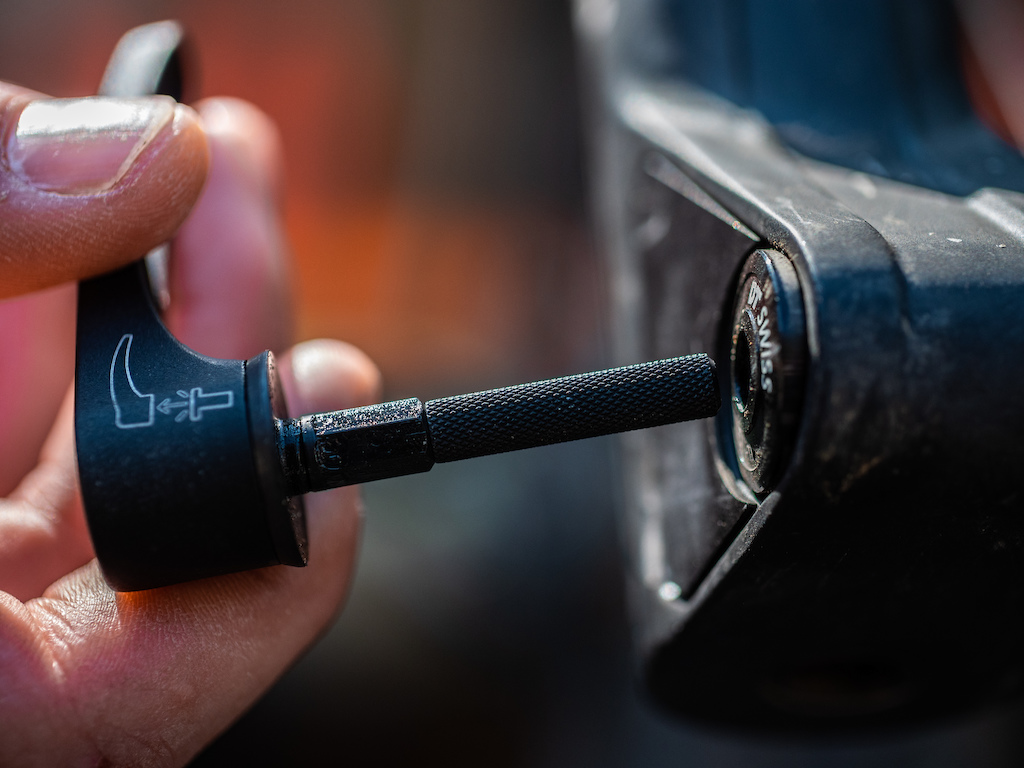
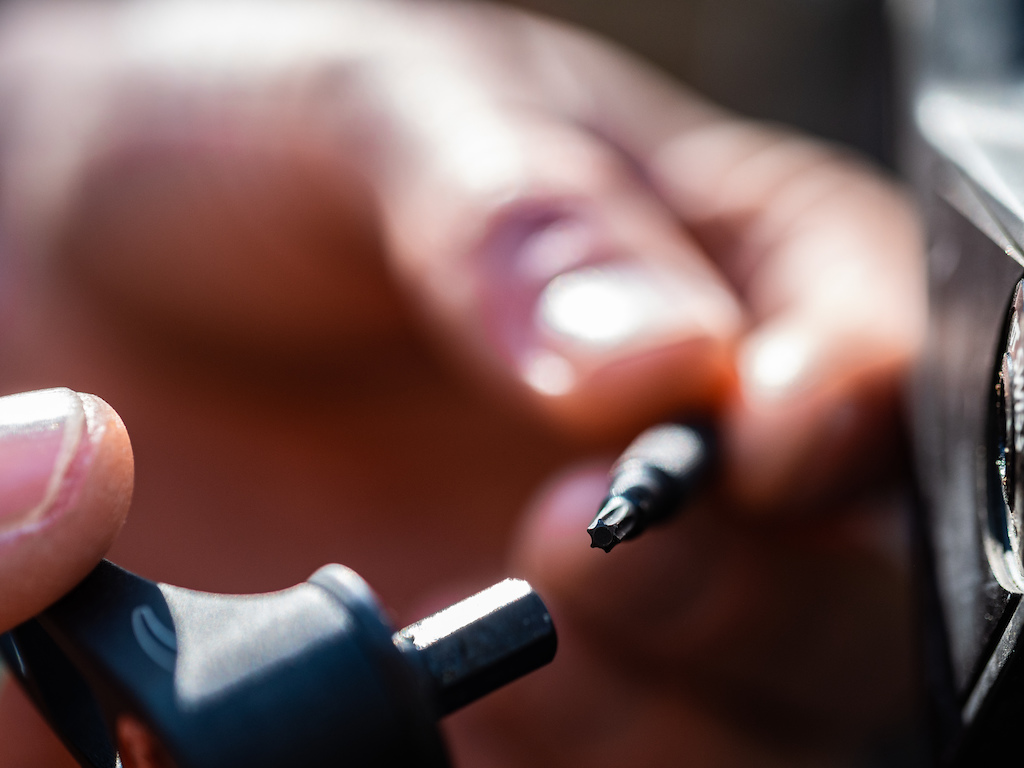

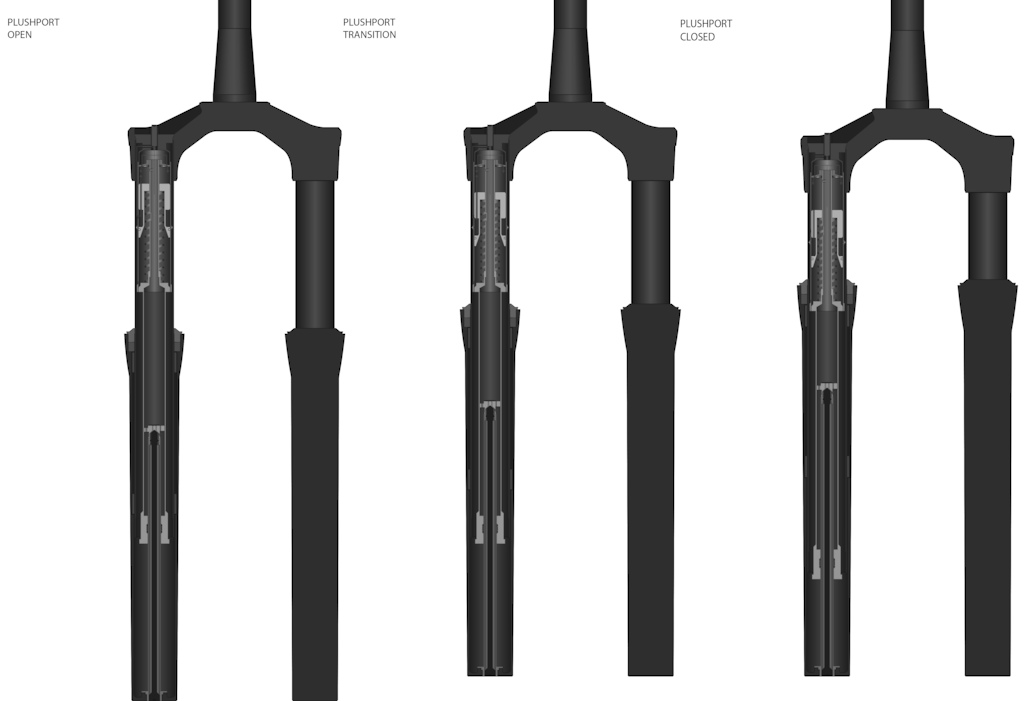
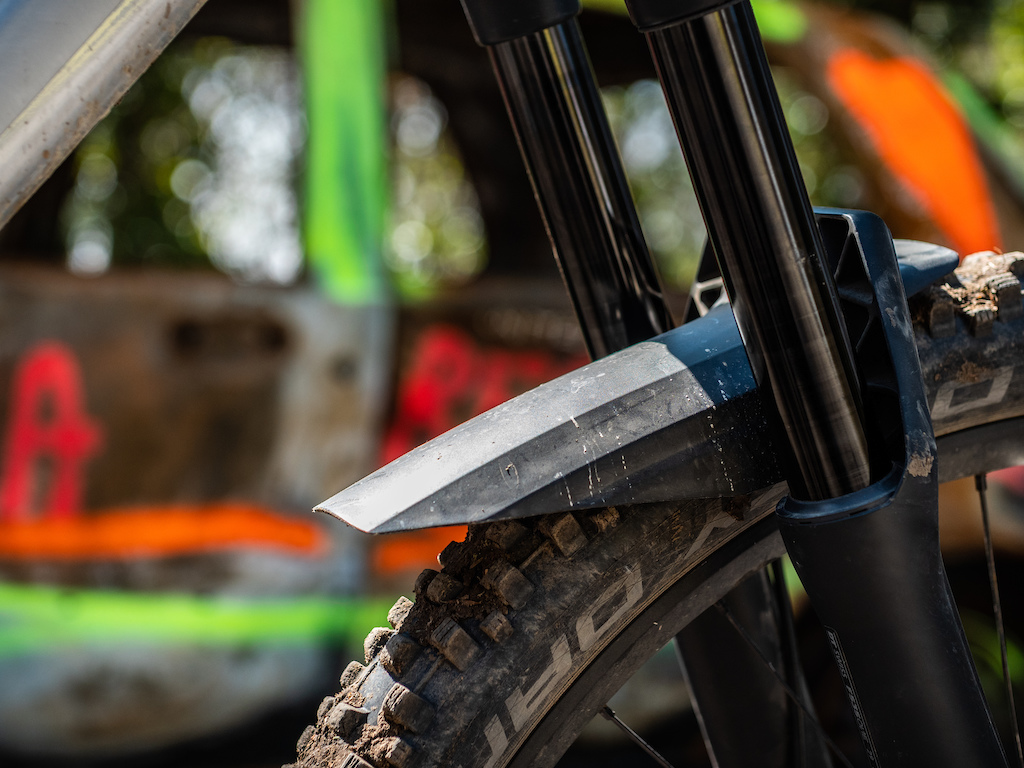
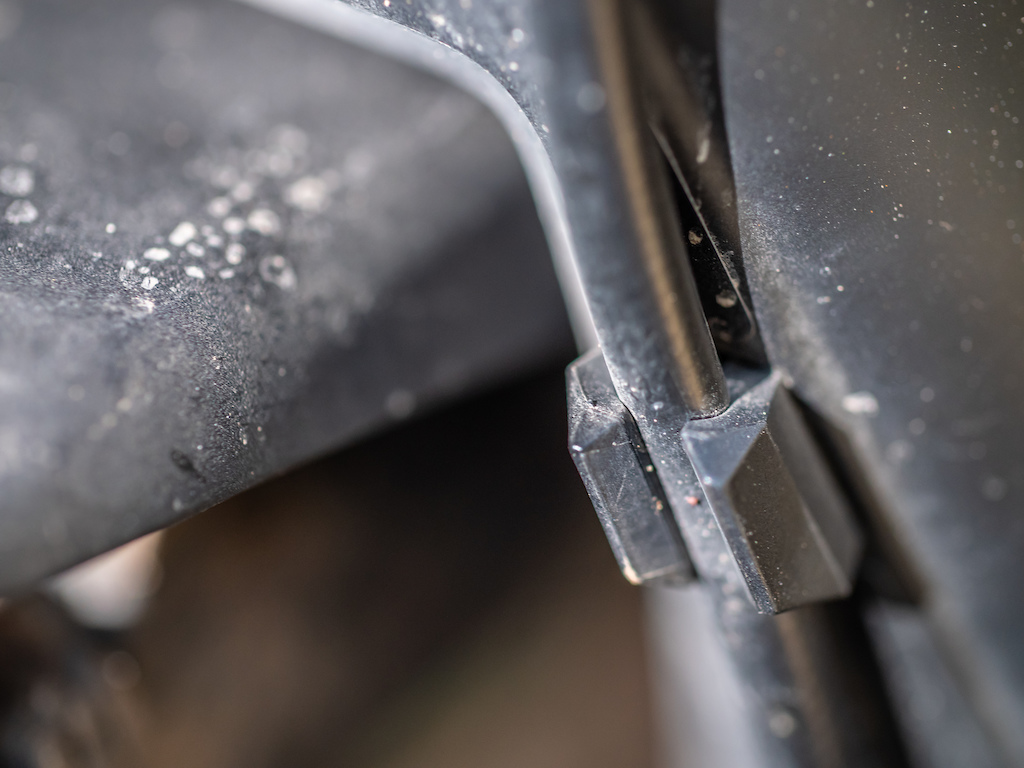

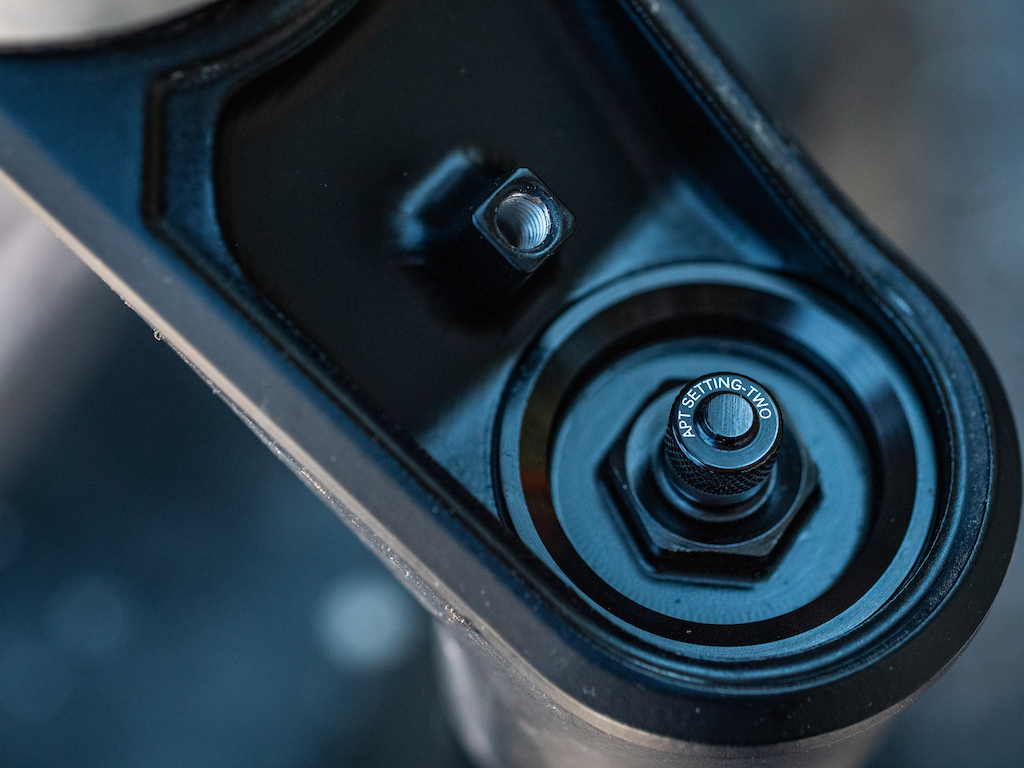
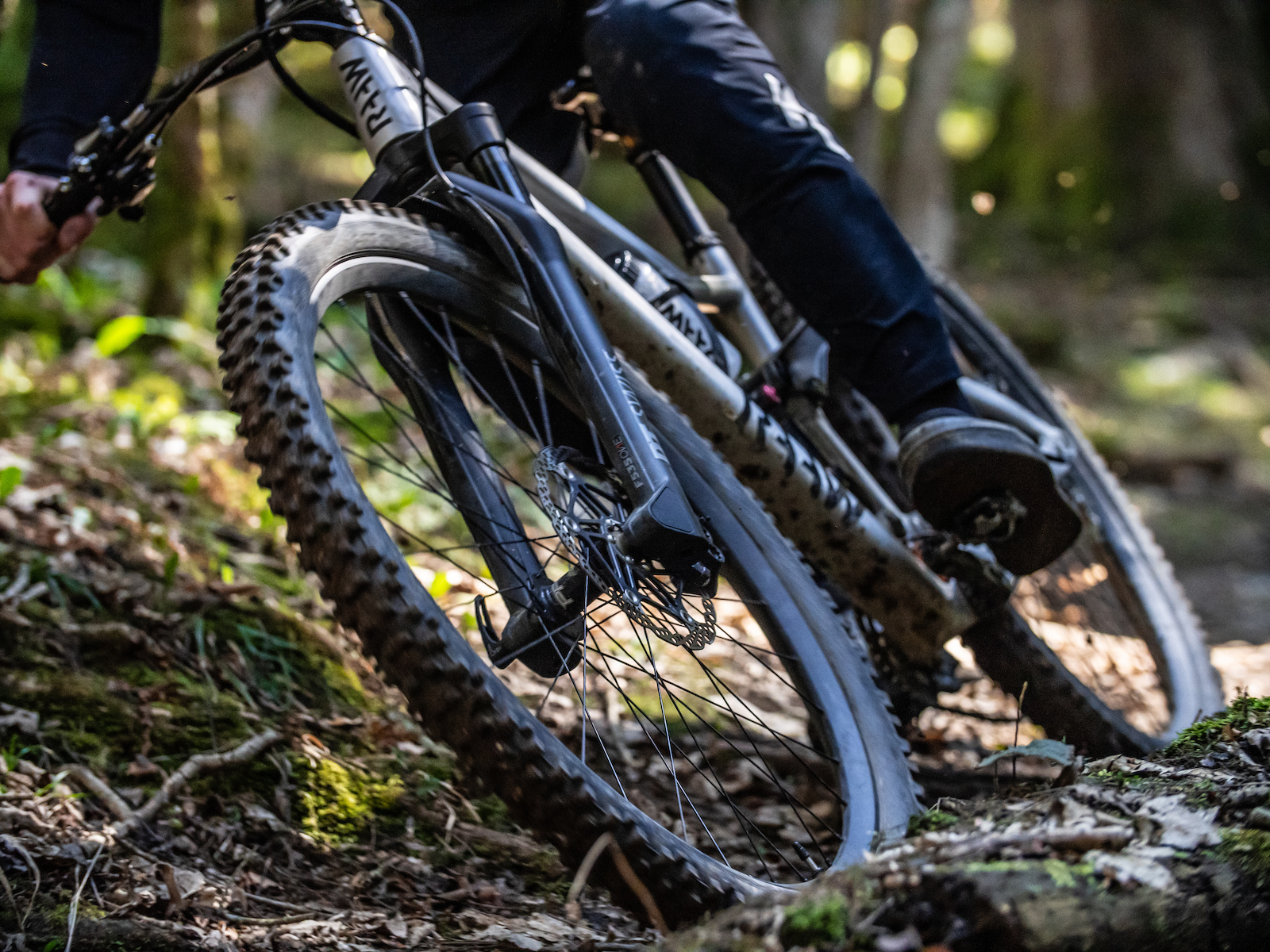

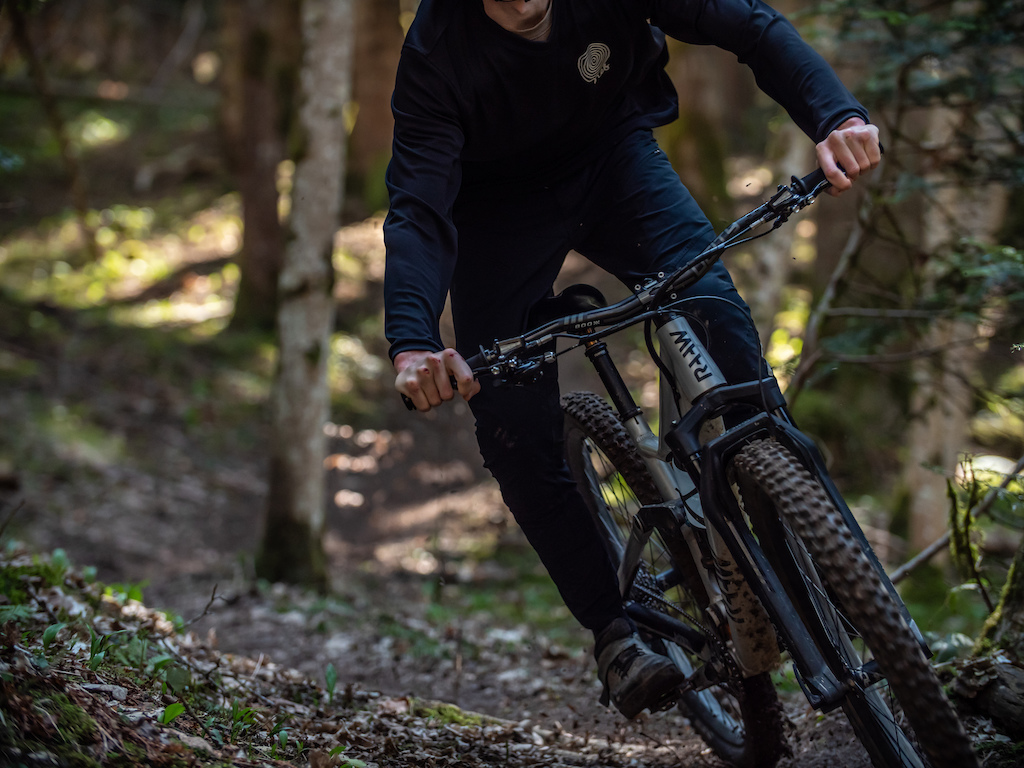
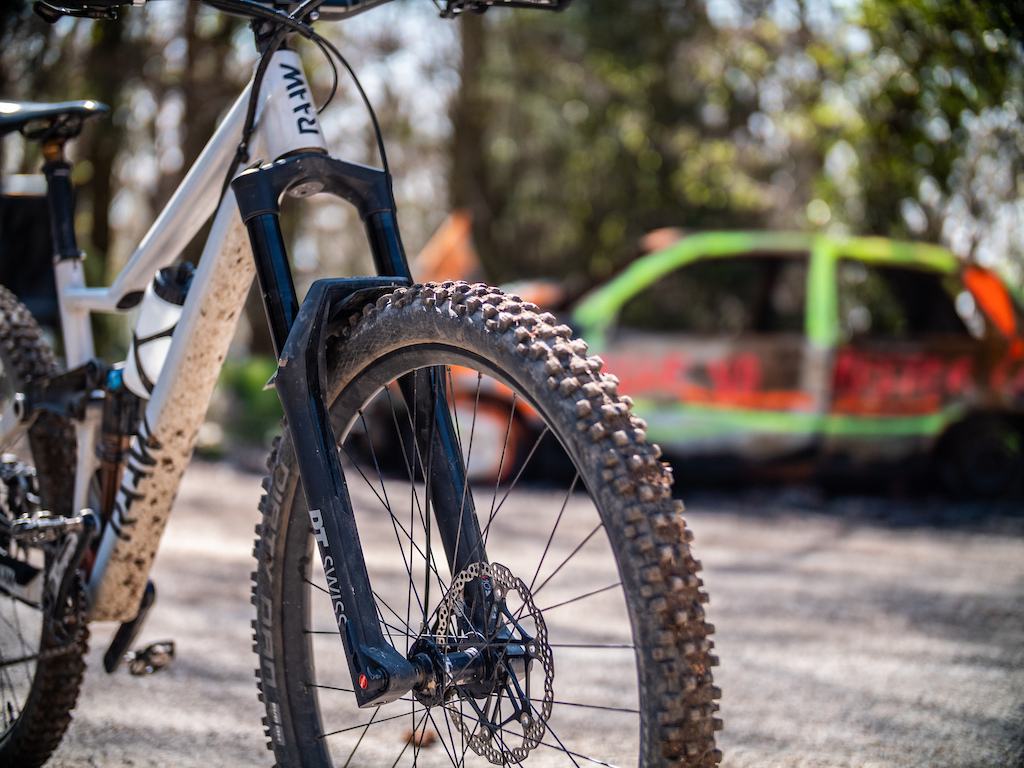

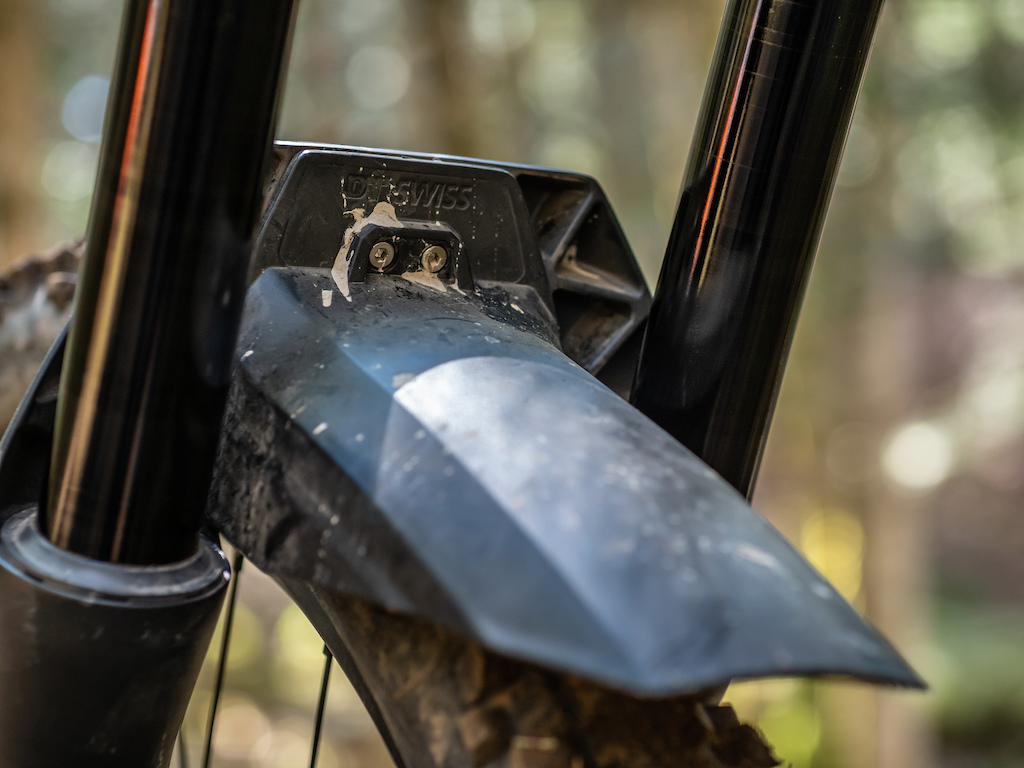
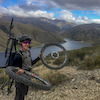
I am so used to seeing company X making super product Y respond to a review by repeating there marketing strategy of why Y is the best.
Vs DT " Yeah, the 36 is better for hard charging all the time, and ours is really good at a different aspect bro "
if it is an easy use then give me an easy price tag
oh.. and PB if it is not for a reasonable price tag, do not bother me any longer
It makes my pee pee bigger though, right?
LoL
The only thing I want to know is... is it stiffer than 36 or more compliant, or both? Marketing can make both in one product! Carbon people do it since 2010.
There might even be scenarios where this kind of fork (and setup) might be a clear advantage. Maybe for instance in mud where you need incredible traction, sensitivity and stickiness of the coil and you might not be concerned about where you are in the travel or "high amplitude & frequency situations".
I must also say that first revision of Charger damper was a rip off. The RC found on Yari is almost as good.
Ribbon is a touch spiky in high speed compression at lower travel settings though. Even with ramp control all the way out. Really refreshing alternative to fox rs tho. Easy to tune and simple to work on. Best customer service out there bar none. It doesnt flex but ride it back to back with a 36 and the 36 chassis is a touch more confidence inspiring.
Maybe I just don't know how to set it up, but I feel like I have rebound pretty fast and tons of both low and high speed compression.
I believe they are 10wt in the damper stock. I am at 3wt Danico bionol which cost me an arm and a kidney to import from Germany but worth every single penny.
Running it as coil. I don't even really look at other forks now. Like being married to the hottest woman in the world there is no reason to look.
thanks for the tip on the oil source.
coil.
When I do bike park days with my DVO diamond, I inflate to 20psi above the recommended weight category and 2 more turns of ott. That gives 10% less flat ground sag and keeps the fork high in the steeps with a much firmer mid and end stroke. Sounds like you’ve tried that, so if you have, maybe email DVO. They were helpful with my setup when I first got the fork.
That is all I think about forks...
RockShox, Öhlins, Formula & Xfusion are still out.
(Trust can't fit any tho)
The fender and zip ties take up clearance inside the arch where it's most needed and the zip ties slowly but surely wear away the paint on your lowers... it works pretty well other than broken zip ties now and then. But it's a band aid.
Guess that's what I get for riding RS!
youtu.be/jV6d1LX0SkU
For a lot of riders, speed and comfort go hand in hand. I know that my Fox 36 (2017 RC2) is a harsh bitch at slower speeds, but when I get up to the speeds the fork was designed for it's actually much more comfortable. That's not really a trait that most reviewers ever communicated about that model.
That said, even without playing with shims you can increase damping if you need it by using slightly higher viscosity damping oil. Not sure how extreme you can go with that but going from 5wt to 7.5 makes a huge difference. Mixing the two gets you something in between. It doesn't take a pro tuner to do that. But I don't know how far you can go there without damaging anything, like getting cavitation effects etc. But of course you could also get that when you go mental with the shims.
18 clicks out of how many possible clicks? 20? 40?
That seems like a really slow rebound that wouldn't allow the forks to keep up with repeated fast hits if the compression damping is wide open but the rebound is not even close.
The advantage to this is that you can have a really supple small bump compliant initial stroke that easily overcomes seal/bushing stiction, a supportive mid stroke, and a nice ramp up at the end - without needing fancy adjustable volume knobs.
Maybe the issue that Formula has encountered is difficulties in damper tunes for such a system...
Manitou had the 'MARS Air' system starting about 18 years ago that did this, and they sold different weight col springs to help tune it. It worked really well on my Minute: great traction, great smoothness through small chatter, yet stayed up in the travel well. I think the really good Absolute+ damper was an important piece of the performance on that fork too, like you are surmising about DT's damper tuning
Alas, full air springs are lighter and Manitou's system didn't lend itself to easy travel changes so they moved on to full air. The IRT system on Manitou's newer top-end forks sounds like it could offer some of these benefits by having two separate positive air chambers
Only the low speed compression has the port bypassing the piston and shim stacks.
Engineer with armchair also keen for discussion!
So..Mobil 1 synthetic motor oil?
Also, bet that pilot spring tap taps like crazy everytime it bottoms out at 30mm.
2. Replace the damper with a Push damper ($245).
3. Replace the air spring with a Push coil ($389).
4. Rule the world.
I'll wait for the Mezzer. If the Mattoc with IRT is anything to go by, I have very high expectations.
Don't get me wrong, the proposed fork and upgrade path would provide you with great suspension. I just find spending $1200 on a fork a ridiculous amount. That says nothing on how much money that is for someone else or whether it is worth it for them.
Never gets old. Was he talking about his Cig? Or his actual butt? Chicken or the Egg level sh$# from Sammy L.J.
Enduro/trail fork must, must and again must weight less then 2 kilos. IMHO.
My old 2012 Fox 36 fork weight is less then 2200g. And this is in 2012.
Come on it is 2019 already. No progress yet? Really?